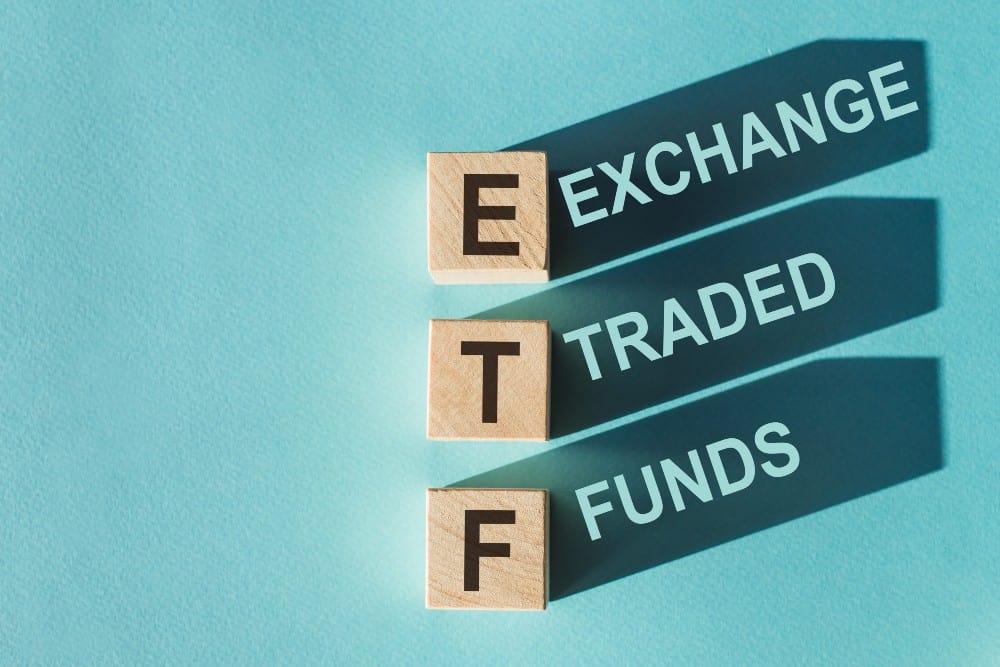Identifying the right stocks to invest in can be tricky for many investors, even in a bullish market. For these people, investing in the whole market or a market segment might be a more digestible alternative. Apart from mutual funds, two common choices for this type of investment used to be ETFs vs. index funds. But now, the distinction between the two has blurred since most ETFs track an index.
Most ETFs are a basket of assets, meaning they usually don’t move as sharply as individual stocks might. So they might not be ideal picks for short-term holdings. If an ETFs underlying market segments or sectors have a history of mostly going up, you can maximize your gains by holding them long-term, preferably until retirement.
A Canadian tech sector ETF
Investing in iShares S&P/TSX Capped Information Tech Index ETF (TSX:XIT) provides exposure to the heavyweights in Canada’s tech sector, meaning the 25 companies that carry most of the weight. This ETF may not be the best option from a diversification perspective because now, almost two-thirds of its weight comprises three tech giants: Constellation Software, Shopify, and CGI.
However, on a positive note, this configuration allows the ETF to grow rapidly in the right market. It grew over 940% between September 2012 and September 2021 peak. And even though it was decimated during the last correction phase, its ten-year returns are still well over 500%.
Its sector-specific concentration combined with the tech sector’s volatility are probably the reason for its medium-to-high risk rating. Plus, it comes with a high Management Expense Ratio (a yearly fee associated with buying and holding an individual investment fund) of 0.61%. But considering its return potential, the risk and cost of investment seem worth it.
A U.S. ETF comprised of dividend leaders
One relatively safe way to gain exposure to the U.S. market is through RBC Quant U.S. Dividend Leaders ETF (TSX:RUD). 134% of this ETF is comprised of high-quality dividend payers like Microsoft and Mastercard. The investment mix is relatively healthy, but diversification is not the only feather in its cap.
It’s a fairly safe (medium risk rating) investment that pays monthly dividends. The current weighted average dividend yield is about 2.3%.
But the best thing about this ETF is its capital appreciation potential. The ETF was listed on the TSX in 2014, and if you had invested $5,000 at the time of inception, you would have grown your investment to about $13,300 by now.
The Management Expense Ratio (MER) is a bit high compared to more affordable ETFs at 0.43%, but considering its collective return potential (dividends and capital appreciation), it’s pretty palatable.
A NASDAQ ETF
Another U.S. ETF that may help you grow your retirement nest egg at a decent pace is the BetaPro NASDAQ100 2x Daily Bull ETF (TSX:HQU). It’s different from the other two for various reasons, one of which is the risk rating, which is high. This ETF is only suited to investors willing to tolerate higher risk for relatively higher returns.
The ETF’s goal is to double the performance of the underlying index: NASDAQ-100, which is comprised of hundreds of the largest non-financial stocks on the NASDAQ. And the ETF stays true to that goal. Since its inception in 2008, the ETF has grown by a factor of over 14x. The NASDAQ-100 has risen over 500% in the same period.
So if you’re able to stomach the risk, this ETF can be a great way to solidify your retirement portfolio’s growth.
Foolish takeaway
These three ETFs can help you grow your retirement savings at a pace comparable to decent growth stocks and with relatively lower risk. Assuming they will keep performing in the same way as they have been, you can get the best results by holding them long-term.








